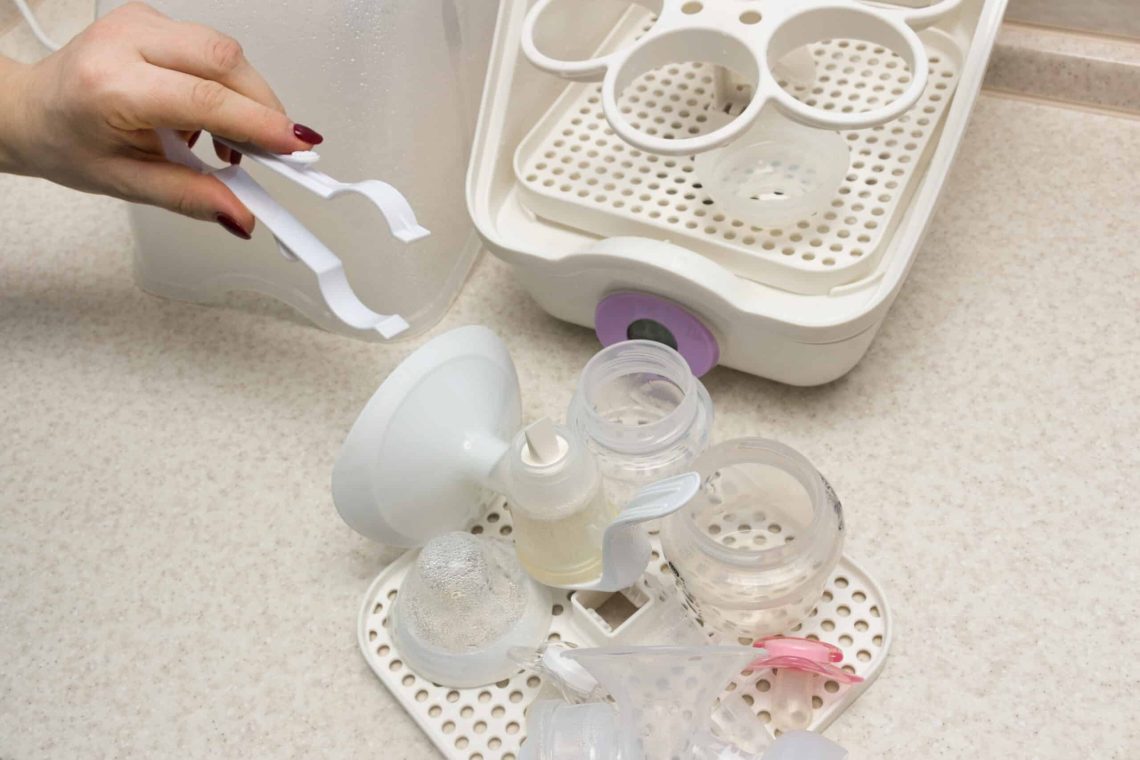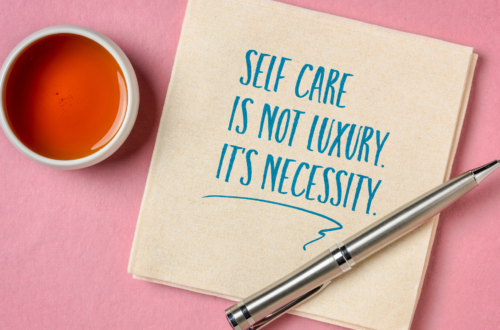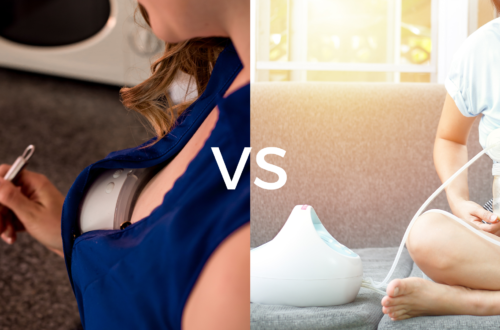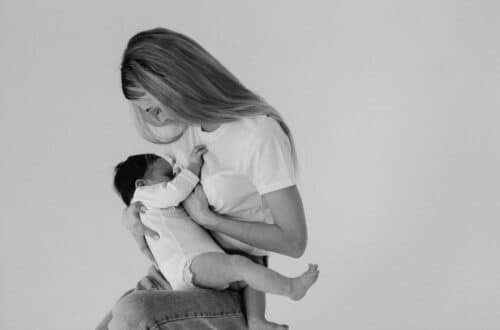
How to Wash and Sterilise Your Wearable Breast Pump
Breastfeeding is one of the best ways to ensure your baby gets the right nutrients to sustain their health and development. Breastfeeding can also help protect babies against some short- and long-term illnesses and diseases. While the WHO recommends mothers to breastfeed exclusively for the first 6 months of a baby’s life, 57% of working mothers say they felt they had no choice but to return to work, which leaves them with an option of expressing breast milk during the day.
Whether you’re using a manual or electric breast pump, germs can grow quickly in breast milk or breast milk residue that remains on pump parts. By sterilising all of your baby’s feeding equipment, you can help protect your baby against illnesses, in particular diarrhoea and vomiting. Sterilising your baby’s bottles and your breast pump is essential if your baby was born prematurely or has any other health concerns.
In this guide we will be giving some details on the following questions:
- How to wash and sterilise breast pump and baby’s bottles
- Do you need to wash and sterilise after every pumping session
- Do bottles need to be dry before sterilizing?
- How long does a breast pump stay sterile?
1. How to Wash and Sterilise Breast Pump and Baby’s Bottles – Step by Step Instructions
To ensure your baby is benefitting from your breastmilk, many moms are opting to express and store their breastmilk in a certain way. It’s extremely important to thoroughly wash, rinse, and dry your breast pump to protect your baby from any airborne germs or viruses in the air
The following steps will help you know how to clean and maintain your breast pump in pristine condition so that the protective benefits of your breastmilk are passed safely to your baby.
Steps to Breast Pump Cleaning:
1. Use your breast pump and store the breast milk safely in the fridge or freezer.
2. Thoroughly wash your hands in soap and water and dry them on paper towel or a clean cloth.
3. On a clean bench or towel, disassemble all parts of your breast pump.
4. Rinse each attachment in cold water to remove all traces of breastmilk.
5. Wash each part thoroughly in hot, soapy water and use a brush to access hard-to-reach places. Ideally you will have a dishwashing or bottle brush specifically for this purpose. You can also sprinkle salt on the parts before scrubbing them to remove the oily layer.
6. Rinse all parts of the breast pump twice in hot water to remove any soapy residue.
7. Drain the attachments and bottles in a clean cloth and cover them while they air dry.
8. Wash your hands again in soap and water.
9. Sanitise the pump parts using one of the following methods:
Steam:
- Use a microwave or plug-in steam system according to the manufacturer’s directions.
- Pot of boiling water on stove
Boil:
- Place disassembled items that are safe to boil into a pot and cover with water.
- Put the pot over heat and bring to a boil.
- Boil for 5 minutes.
- Remove items with clean tongs.
Sterilising fluid or tablets
Some people choose to use a cold-water sterilising solution. If you do, make sure all parts are submerged, with no trapped air bubbles, for at least 30 minutes (and discard the solution after 24 hours). Alternatively, you could use a sanitising spray.
10. Reassemble your breast pump with clean hands.
2. Do I need to wash and sterilise after every pumping session?
Sanitising means that the equipment has been thoroughly cleaned of germs and bacteria. You may often hear people talking about ‘sterilising’ baby equipment or see products advertised as ‘sterilisers’, but sanitising is a more accurate term. It is impossible to completely sterilise equipment at home, even if you boil it, as our homes are not totally sterile environments. But sanitising ensures equipment is perfectly safe for you and your baby.
At least once a day, you’ll need to sanitise your pumping parts after washing them. You’ll also need to do this if your breast pump equipment is brand new or hasn’t been used for a while.
According to the Australian Breastfeeding Association, a mother’s own expressing equipment does not need to be disinfected or sterilised for a healthy, term baby. If you are expressing several times a day for a healthy baby, your expressing equipment should be rinsed well in cold water after each use to remove the milk. Store it in a clean, closed container. However if your baby is unwell, has thrush or you have thrush on your nipples; we recommend sterilising your equipment after each use.
3. Do bottles need to be dry before sterilizing?
No, bottles or breast pumps don’t need to be completely dry before sterilising. However, any baby feeding equipment needs to completely dry before being put away. Assembling bottles and putting them away in a cabinet wet can trap moisture and foster microbial growth.
Please note: if you get condensation in the tubing then mould or bacteria can thrive. Simply allow the pump to run for a few minutes as the air flow will dry the tubing.
4. How long does a breast pump stay sterile?
When the sterilising cycle is complete, either remove contents and use straight away or leave the lid closed. This way the contents will remain sterile for up to 24 hours.




